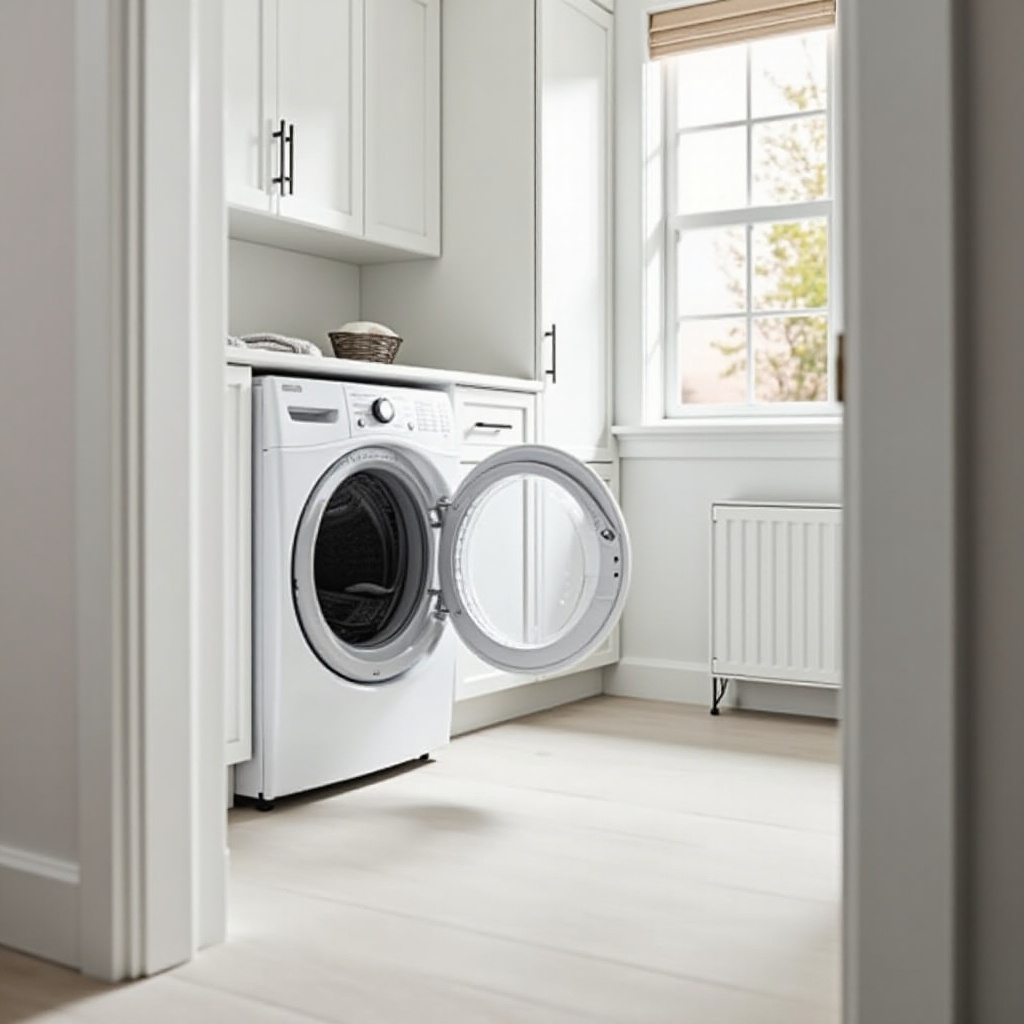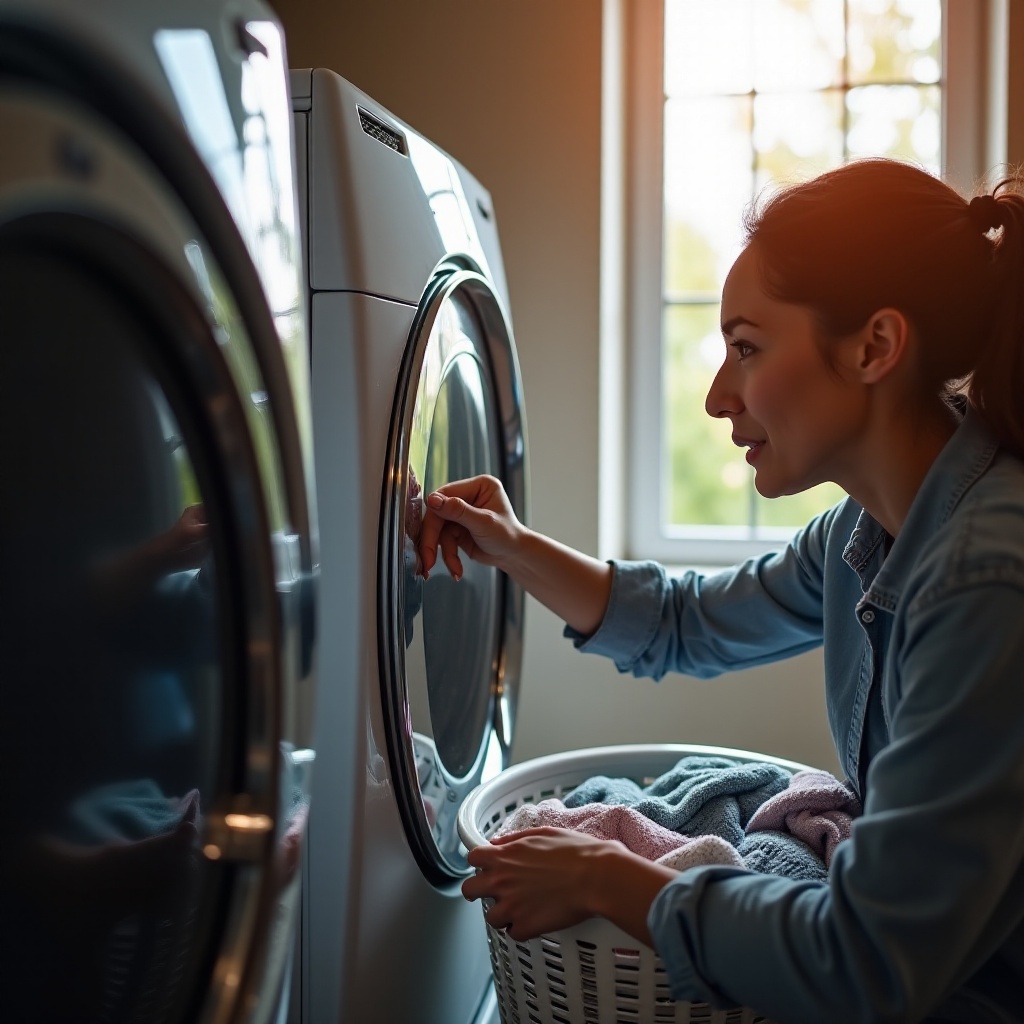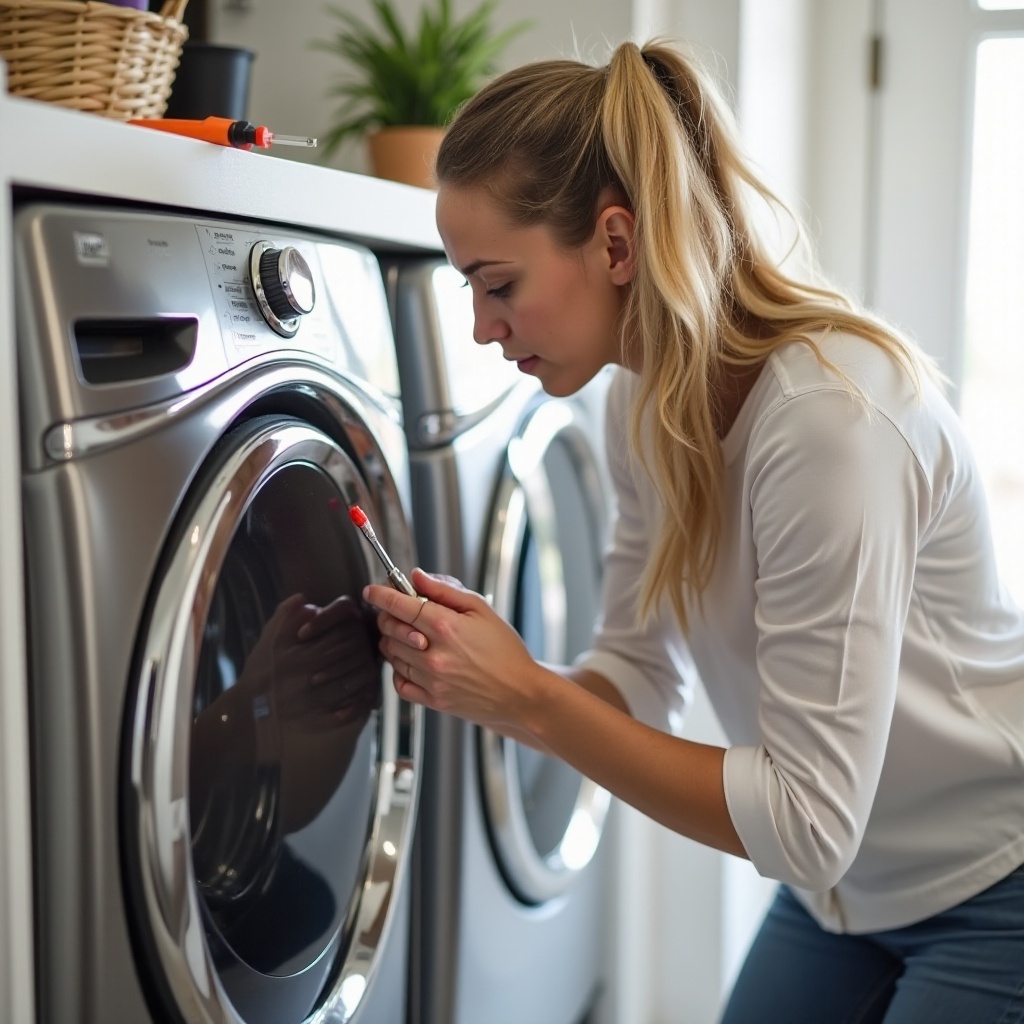Introduction
A malfunctioning dryer can be a major inconvenience in your household, especially when it refuses to produce heat. This predicament can leave you with damp clothes and a sense of frustration. Identifying the reasons behind this issue is crucial to regaining efficiency in your laundry routine. This guide explores potential causes and remedies for a dryer that doesn't heat, enabling you to address the problem effectively.

Understanding the Dryer Heating Process
Before diving into solutions, it's important to understand the basics of how a dryer heats clothes. This knowledge sets the foundation for effective troubleshooting.
The Role of the Heating Element
The heating element is the component responsible for converting electrical energy into heat. This heat is then circulated within the drum to dry clothes. A malfunctioning heating element can prevent your dryer from producing the necessary warmth.
Importance of Proper Airflow
Airflow is crucial in the drying process. The warm air generated must circulate efficiently to remove moisture from the clothes. Blocked air pathways, such as clogged vents or lint traps, hinder this process and reduce drying efficiency.
Common Heating Cycle Issues
The heating cycle involves multiple components like the timer, heating element, and thermostats working in tandem. Any malfunction in these can disrupt the heating process, leading to inadequate temperature inside the dryer.
Common Causes of a Dryer Not Heating
Recognizing the potential causes behind a dryer’s failure to heat is the first step towards resolving the issue. Here are a few common culprits to consider.
Power Supply Problems
- Electrical Connections: Verify that the dryer is plugged in correctly. Try using another appliance with the same outlet to ensure it is functioning.
- Circuit Breaker: High power consumption can trip the dryer’s circuit breaker. Resetting it may restore power and resolve the heating issue.
Faulty Heating Element
- Diagnostics: Inspect the heating element, typically located at the back of the appliance. Look for visible signs of damage or use a multimeter to check for electrical continuity.
- Replacement: A broken element needs replacing. It's crucial to ensure compatibility with your dryer model.
Thermostat and Thermal Fuse Malfunctions
- Thermostat Issues: The thermostat regulates temperature. An inaccurate or non-functioning thermostat can prevent the element from heating.
- Thermal Fuse: Designed to prevent overheating, a blown thermal fuse will also prevent heating. Replacement is often necessary for resolution.

DIY Troubleshooting Steps
Having identified possible causes, try these simple checks and adjustments to see if they restore the dryer’s heating capability.
Inspecting the Power Source
- Check the power cord and outlet for secure connections.
- Reset any tripped circuit breakers.
Checking and Cleaning the Lint Trap
- Clear the lint trap after each load to ensure proper airflow.
- Vacuum any excess lint inside the dryer housing.
Examining the Heating Element
- Unplug the dryer and pull it away from the wall.
- Remove the back panel to access the heating element.
- Inspect for any visible damage and use a multimeter to check for continuity.

Solutions and Repairs for Heating Problems
In some cases, more direct interventions may be necessary to restore your dryer's heating function.
How to Replace a Heating Element
- Purchase a compatible heating element for your make and model.
- Install it by following the specific instructions provided by the manufacturer.
- Reassemble and test the dryer to ensure it heats properly.
Fixing a Blown Thermal Fuse
- Obtain the correct replacement thermal fuse.
- Locate the existing fuse near the exhaust duct, remove it, and install the new one.
- Power the dryer back on and check if the issue is resolved.
When to Call a Professional
If you've exhausted DIY methods without success, it may be time to consult a professional technician. Experienced repairers have the tools and expertise to diagnose complex issues that might not be apparent, ensuring a safe and thorough solution to your dryer woes.
Conclusion
A non-heating dryer disrupts household efficiency, but with the right knowledge and troubleshooting steps, most issues can be resolved swiftly. Regular maintenance, like cleaning vents and checking power supplies, can prevent future heating problems. However, when in doubt, professional services remain a reliable option for restoring your dryer's function.
Frequently Asked Questions
Why does my dryer run but not heat?
Several factors like a faulty heating element, tripped circuit breaker, blown thermal fuse, or malfunctioning thermostat can cause a dryer to run without heating.
Can a clogged vent cause my dryer not to heat?
Yes, a clogged vent restricts airflow, which can prevent the dryer from reaching the necessary temperature to dry clothes effectively.
How often should I clean my dryer to prevent heating issues?
It's recommended to clean the lint trap after every load and thoroughly clean the vent and exhaust system every six months to maintain optimal dryer performance.
